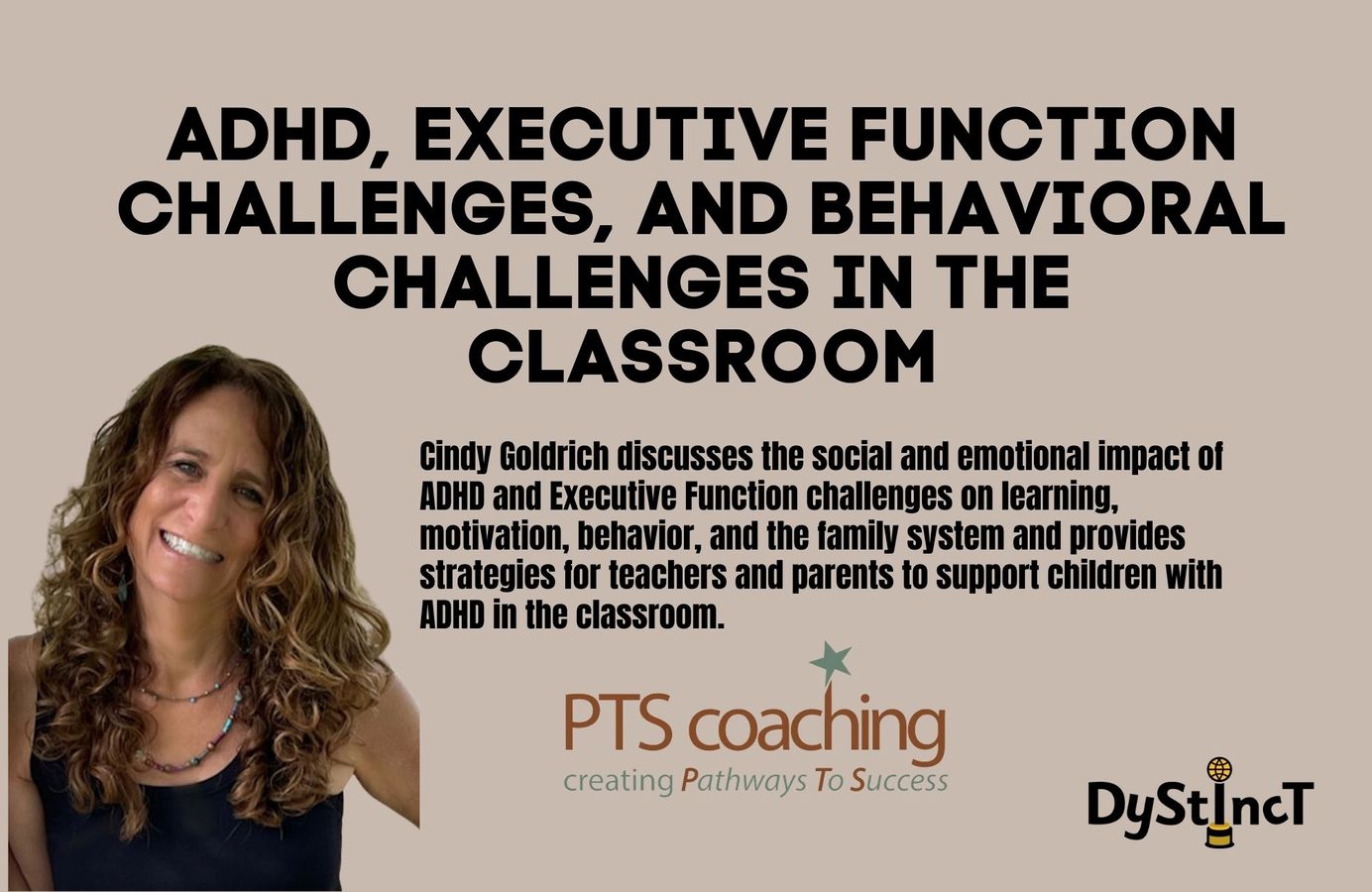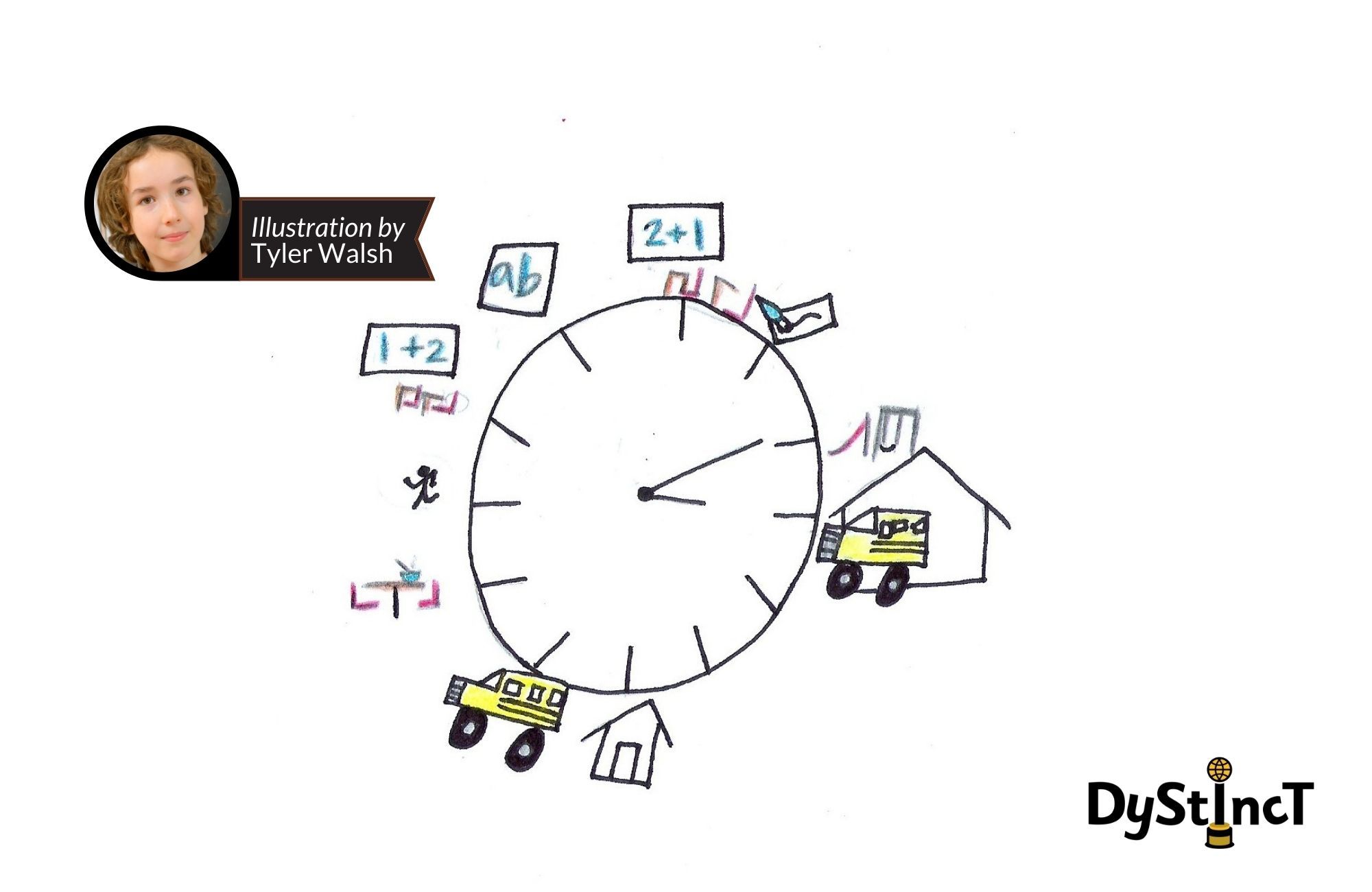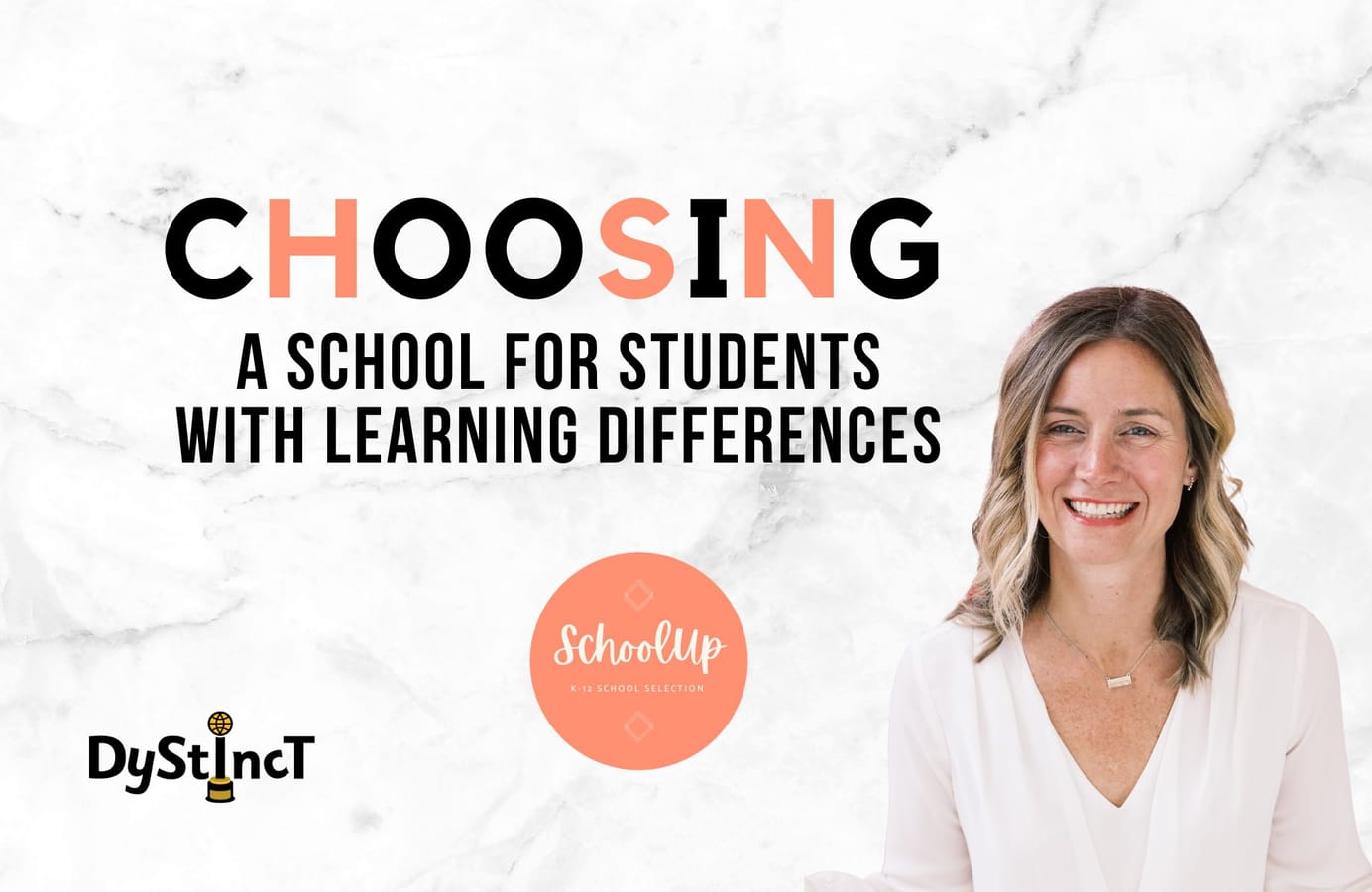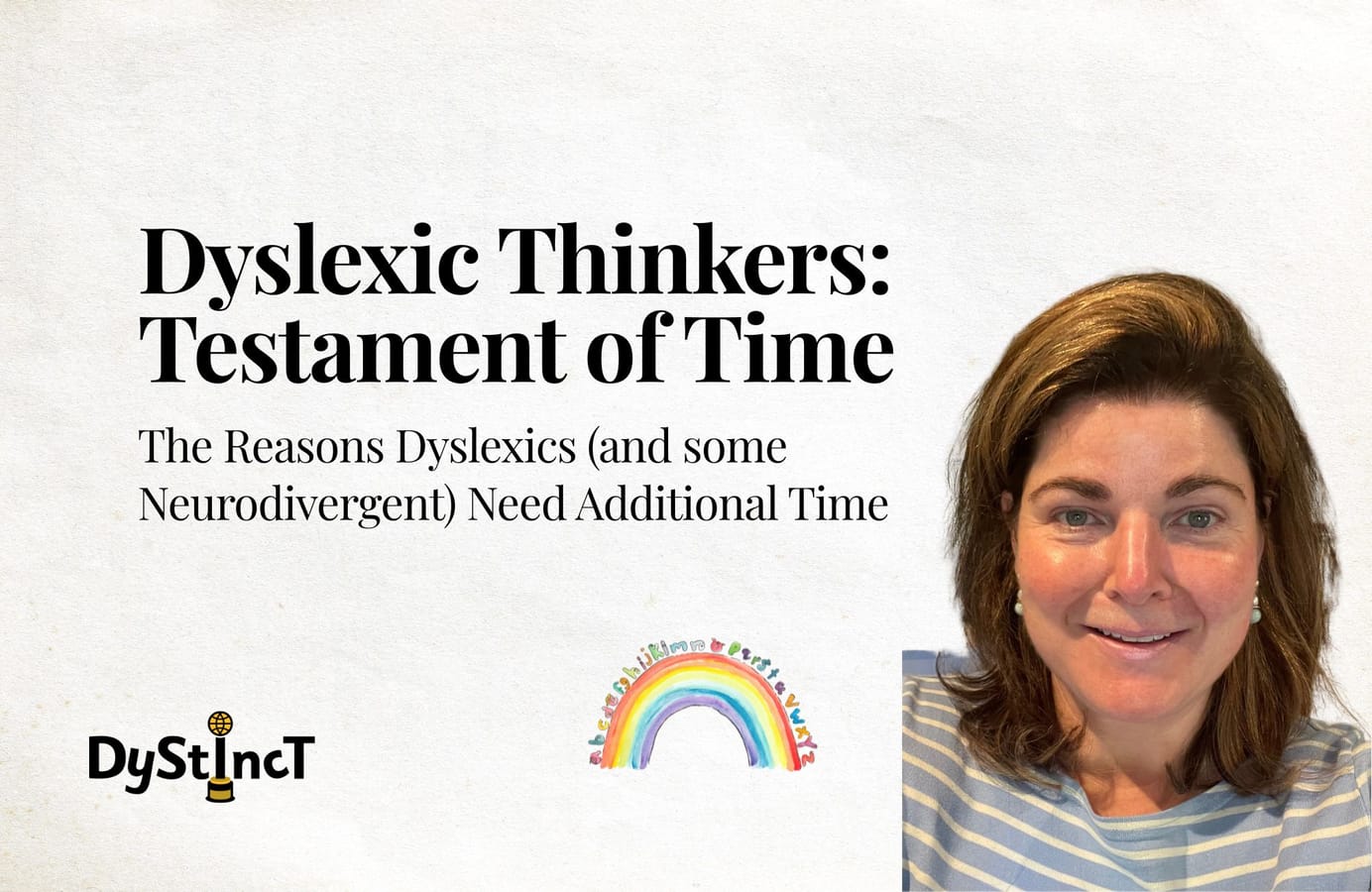
Issue 14: ADHD, Executive Function Challenges, and Behavioral Challenges in the Classroom | Cindy Goldrich
Cindy Goldrich discusses the social and emotional impact of ADHD and Executive Function challenges on learning, motivation, behavior, and the family system and provides strategies for teachers and parents to support children with ADHD in the classroom.
Approximately one-third of people with dyslexia also have Attention-deficit/hyperactivity disorder (ADHD). ADHD is a neurodevelopmental disorder affecting 10% of school-aged children. Children with ADHD often struggle with Executive Functions, which are cognitive processes that control and regulate other mental functions, such as working memory, time management, organization, goal setting, task initiation, and impulse control. Executive functions are essential for academic success and daily life. Executive Dysfunction can negatively affect students' ability to engage in class, participate in group activities, complete homework assignments, and succeed in the classroom. In addition, the behavior of children with ADHD can also be challenging for educators to manage.
Teachers and related professionals want to help children but don't always have the necessary knowledge or resources.
I have provided professional development in schools across the country for over a decade, and the response has been amazing. Teachers, SLPs, OTs, and counselors all want more tools and strategies to help students thrive. But what has made the greatest impact is when parents and professionals understand the social and emotional impact that ADHD and Executive Function challenges have on learning, motivation, behavior, and the family system. While there is no shortage of organizational and time management techniques, we need to help students understand why their previous methods have not worked for them and how to choose or design strategies that will work for their unique learning style.
We also need to help students learn the tools of self-advocacy and create an environment where they can safely share their fears and doubts while also learning to appreciate how their own behavior impacts others. This can best be accomplished when all involved share a common approach to managing conflicting needs and concerns.
Here are some strategies that teachers can use to support students with ADHD in the classroom:
Provide structure and routine
Children with ADHD and Executive Dysfunction often struggle with unpredictability and need a structured and predictable environment to feel comfortable and focused. Teachers and parents can create a predictable routine by having set times for transitions, assigning tasks and responsibilities, and providing clear expectations for behavior and academic performance.

This post is for paying subscribers only
SubscribeAlready have an account? Log in


